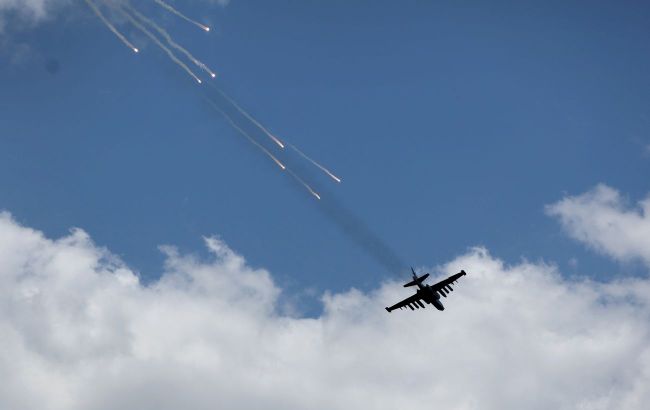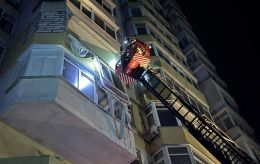British intelligence explains inefficiency of Russian frontline aviation
 Russian frontline aviation remains ineffective (Getty Images)
Russian frontline aviation remains ineffective (Getty Images)
The Russian Air Force continues to consistently deploy considerable resources in support of land operations in Ukraine, but without decisive operational effect, according to the UK Ministry of Defense on Twitter.
As per the summary, Russian tactical combat aircraft conducted over 100 sorties a day during the summer. However, these are almost always restricted to operating over Russian-controlled territory due to the threat from Ukrainian air defences.
British intelligence indicates that Russia has attempted to overcome this issue by increasingly using basic free-fall bombs with range-extending glide attachments. Aircraft can release these many kilometres from their targets, but they have yet to demonstrate consistent accuracy.
"At the start of Ukraine’s southern counter-offensive from June 2023, Russian attack helicopters proved effective. However, in recent weeks Russia appears to have been less able to generate effective tactical airpower in the south," wrote the UK Ministry of Defence.
Helicopters on the southern front
Previously, British intelligence reported Russia's reinforcement of its southern forces with the new version of the Ka-52M helicopter in recent months. This upgrade includes integration of the new LMUR anti-tank missile, with a range of approximately 15 kilometers. Ka-52 crews have swiftly leveraged this capability beyond the reach of Ukrainian anti-aircraft defenses.
Russia has reportedly lost around 40 Ka-52 helicopters since the invasion, but this has also taken a toll on Ukraine.

